How To Read Crochet Diagrams
I’m no pro at diagrams but as I’ve been trying new things lately, when first looking at crochet diagrams, they are INTIMIDATING! So I wanted to give some tips I’ve picked up while learning how to read crochet diagrams.
DISCLOSURE: This post contains affiliate links, meaning if you click on a product or service, and decide to purchase it, I may receive a commission at no extra cost to you. All recommended products and services are based on my positive experience with them. For more information, please read my Disclaimer.
Introduction
Learning how to read written crochet patterns, diagrams, and charts, opens up the world of crochet! You’ll have the opportunity of exploring all different types of stitches, patterns, and making things you never thought possible with crochet.
It is absolutely worth the time to learn how to read both written crochet patterns and crochet diagrams, but there is something very important to remember.Take your time and give yourself the space and grace to learn something new.
How It Works
The diagrams show exactly how you would crochet an item. The diagrams may not show the “exact” size of the finished item, especially if the diagrams show a complex pattern. The diagram may have needed to be stretched out on paper to illustrate the complexity in the pattern itself.
Diagrams are read the same way you crochet, but technically it’s the opposite of the way we read.
Symbol Charts
Each symbol represents a specific stitch and where it is supposed to be worked. There are industry standards to the stitch symbols, so it’s best to keep a chart handy for reference.
If you are working with a complex pattern, some of the symbols may seem bigger or smaller than in other areas of the pattern. For example, if there is a symbol shown for a stitch, but the symbol itself looks bigger or elongated etc (stretched in a way that it looks exaggerated compared to the other symbols). It does not represent having to change a stitch’s length. It’s the same stitch, same size. The designer most likely needed more space for the other stitches around it so that you can still see the design and for it to make sense when looking at the diagram.
Check out this chart from the Craft Yarn Council for more details on crochet symbols.
There is also a great write up on how to read crochet symbol charts by Yarnspirations with videos.
Benefits of Diagrams
There is a HUGE benefit to reading diagrams! Diagrams are designed using industry standard symbols, so the diagram itself has no language barrier. Literally ANYONE can read a diagram no matter where you are in the world! When you learn how to read diagrams, you can make anything that has a diagram included. If you ever decide to design your own patterns, you can appeal to other countries and other languages!
A Word of Caution for Lefties
Just as an FYI, many crochet diagrams are written for right handed crocheters. If you are a left handed crocheter, you will need to reverse the diagram. It’s not impossible, but it’s just an extra step you will need to consider when you’re learning to read diagrams. It’s not impossible, so don’t be discouraged!
How To Read Diagrams
Once you decipher the symbols, you can start reading the diagrams. As mentioned before, diagrams are worked the same way as written patterns; round by round or row by row.
Diagrams that represent patterns worked in rows are typically read from side to side, bottom to top. Patterns that are worked in rounds would be read starting from the middle and working outward.
It is safe to assume most stitches are worked through both loops of a stitch, unless there are specific instructions stating otherwise. Also most symbols are US, but there are symbol keys out there with UK term conversions. Be sure to keep this in mind for US versus UK designed patterns.
Here is another helpful article on How to read Crochet Diagrams written by The Crochet Crowd if you would like additional information to review.
Also check out the following video which can also be found on the Yarnspirations website:
Tips
- Always check the crochet diagram symbol key before you begin a pattern diagram to familiarize yourself with the stitches required.
- Check the colors on the diagram. There may be different colors that represent if you are working on the right or the wrong side of the pattern.
- Have a pencil ready so you can mark your progress on the diagram. You can check off the stitches or rows as you go so you never lose your place.
- Take it slow and take breaks when needed. Don’t try to get a pattern done in one day if you are a beginner.
- When learning, be in a focused, less distracting environment(after the kids go to bed, when everyone is at work or school, etc.)
- For the first couple of patterns you learn, print them out and use a pencil to write in notes.
Final Thoughts
Is it worth it to learn how to read crochet charts? ABSOLUTELY. If you have the time and desire I would definitely recommend learning both written patterns and diagrams, but learning the diagrams will also introduce you to more international patterns without the need to translate. Look into both types and see what kind has more of the designs you like and go with that! Remember that crochet is something that you should enjoy! Keeping that in mind will make learning additional skills much easier!
Want to give an easy pattern a try? Try the Red Heart Puffy Flowers Crochet Clutch from Yarnspirations crochet patterns (or just practice the puffy flower motif listed in the pattern if you don’t want to do the whole thing)!
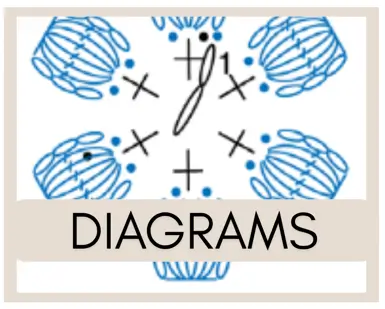
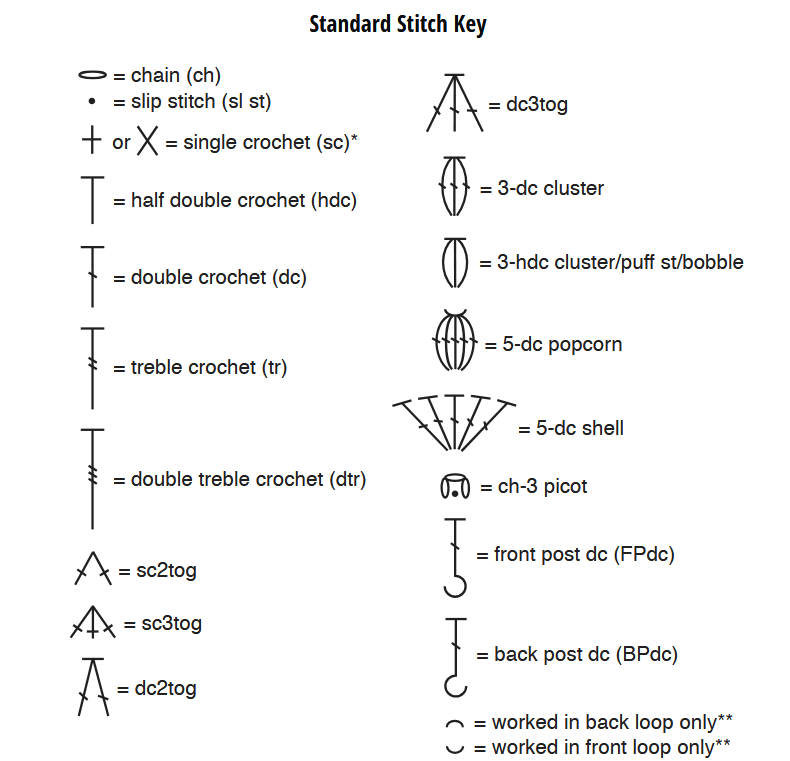
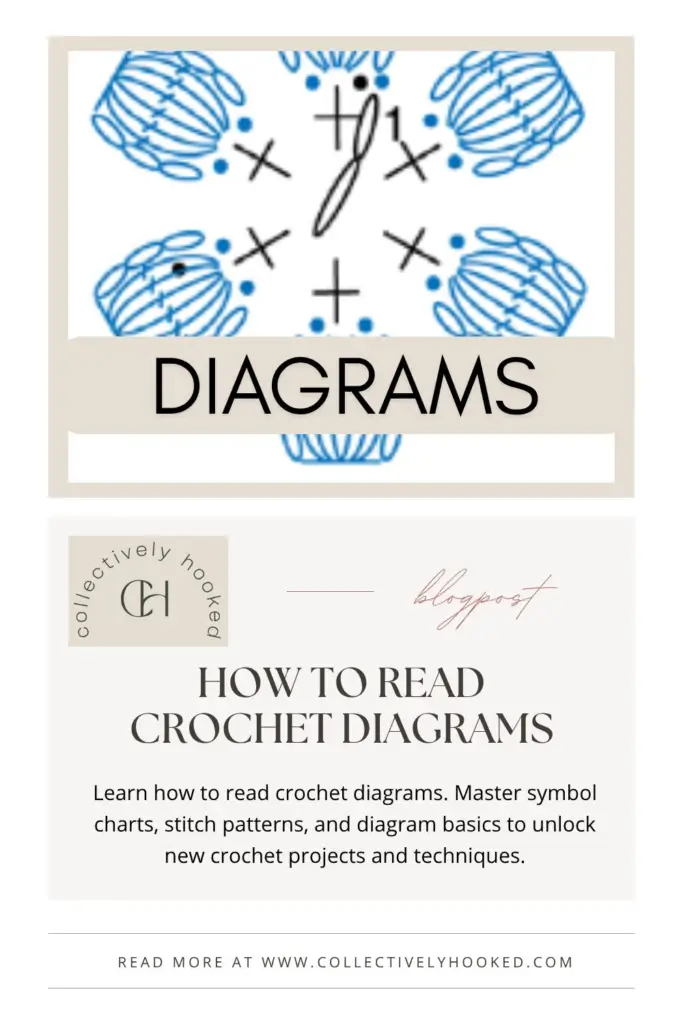
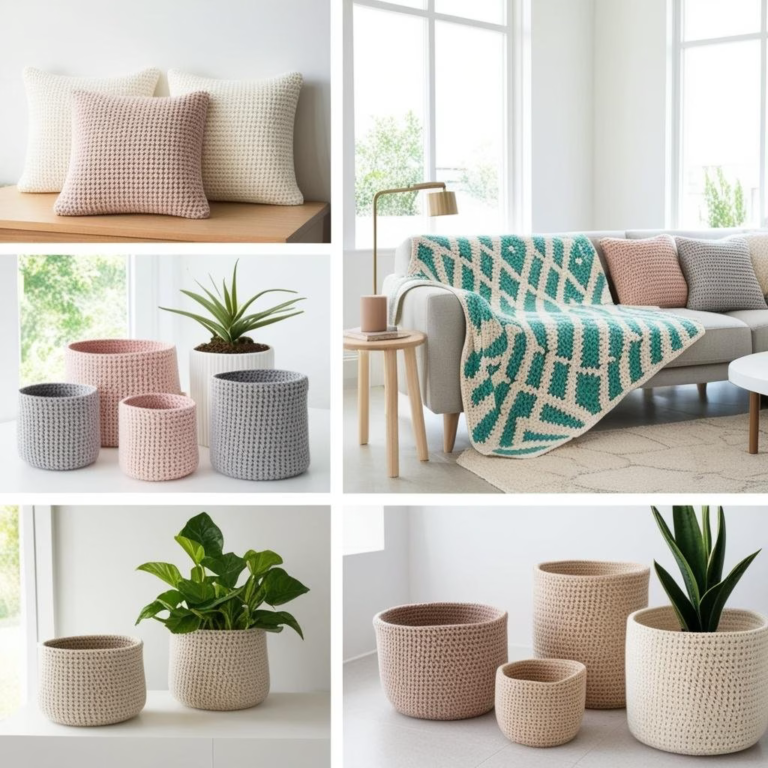
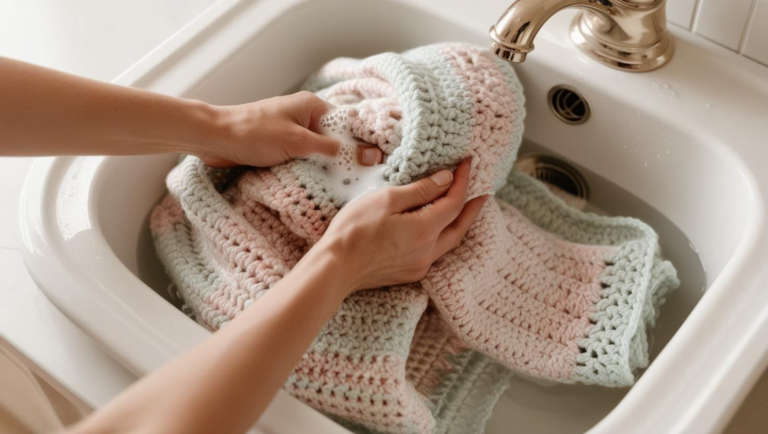
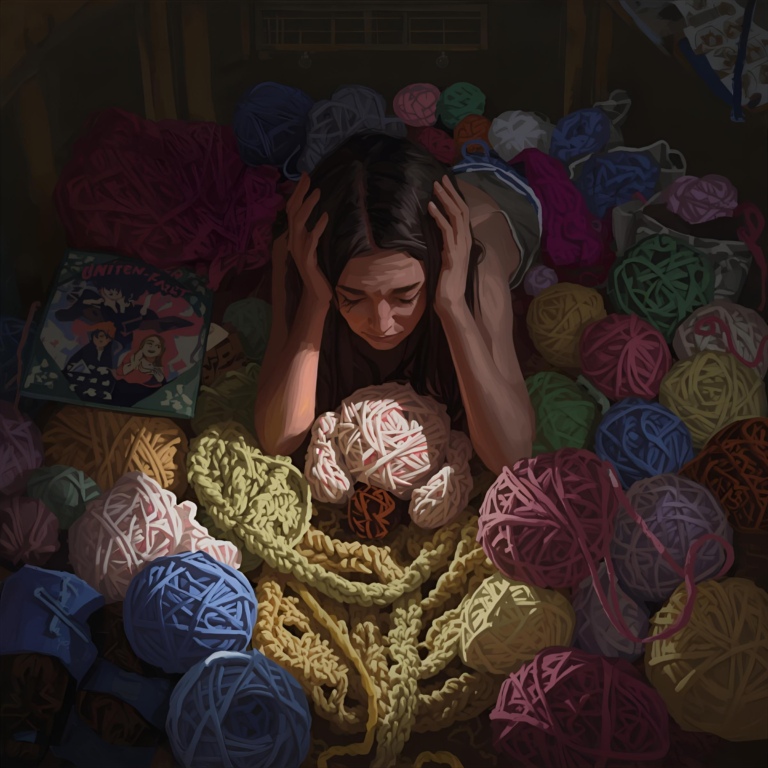
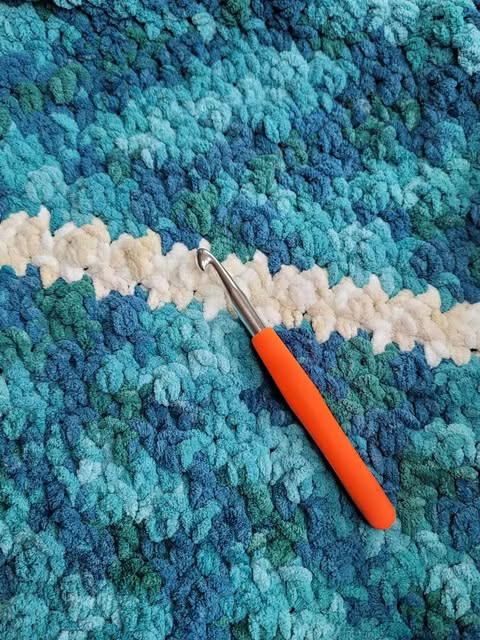
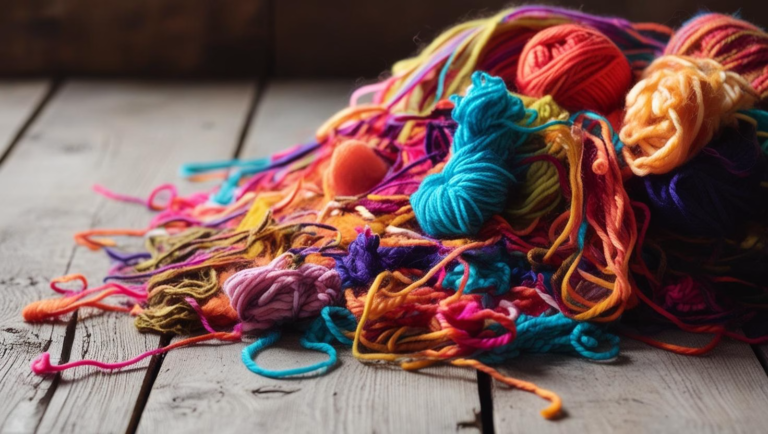
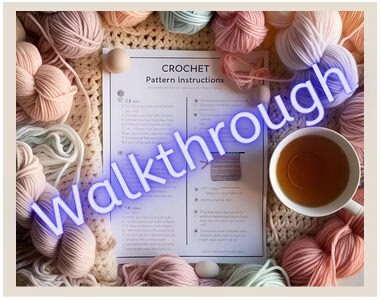
Wow this is an Impressing post well done clear easy to understand detail will definitely pin this one
Thank you for your kind words 🙂
As a beginning crocheter, I found this post very helpful! Your blog is helping me to crochet better! Thank you!
Wonderful, I’m so happy to hear that! Please let me know if you come across anything that you need clarification on and I’d be more than happy to help out!
Thank you for this! I’ve always found it quite challenging reading the diagrams. The symbols were very confusing. Thank you for your explanation!
You’re welcome! Believe me, when I first learned to read them I was very intimidated, but if you just break it down, you start getting used to it!
This post is so helpful for new crocheters! Thanks for being such a great resource!
You’re welcome! Thank you for the kind words!
This is so helpful! Crochet diagrams have always looked like ancient hieroglyphics to me, but your breakdown makes them feel less intimidating. Thank you for finally making it click. I’m looking forward to tackling some new patterns now.
It’s definitely intimidating at first, but find some simpler diagrams for practice and you’ll do great!
My daughter, a leftie, is really into crocheting! I’m excited to share this wonderfully detailed and easy-to-understand post with her. I know she’ll appreciate it and find it super helpful!
Wonderful! I’m right handed, but there is a lot of great leftie information out there as well! If she needs some additional things to check out for lefties, I’d be happy to send you what I have come across!